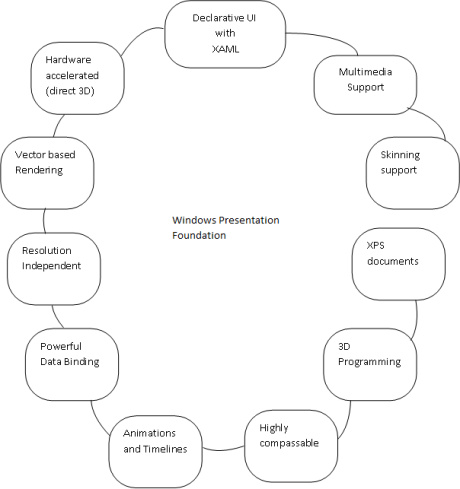This is enhancement of user 32 API and provides drawing capabilities likes circles. Rectangles, lines But does not support the images.
This API is enhancement of GDI which provide extra functionalities JPG, bitmap but does not support animations, 3D, Hardware accelerations etc
It supports hardware accelerations, animations, 3D and it is completely limited far gaming, programming. But direct X cannot used for commercial application developments

The application development in WPF is scattered into following 5 – areas
You liked the article?
Like: 0
Vote for difficulty
Current difficulty (Avg): Medium

TekSlate is the best online training provider in delivering world-class IT skills to individuals and corporates from all parts of the globe. We are proven experts in accumulating every need of an IT skills upgrade aspirant and have delivered excellent services. We aim to bring you all the essentials to learn and master new technologies in the market with our articles, blogs, and videos. Build your career success with us, enhancing most in-demand skills in the market.